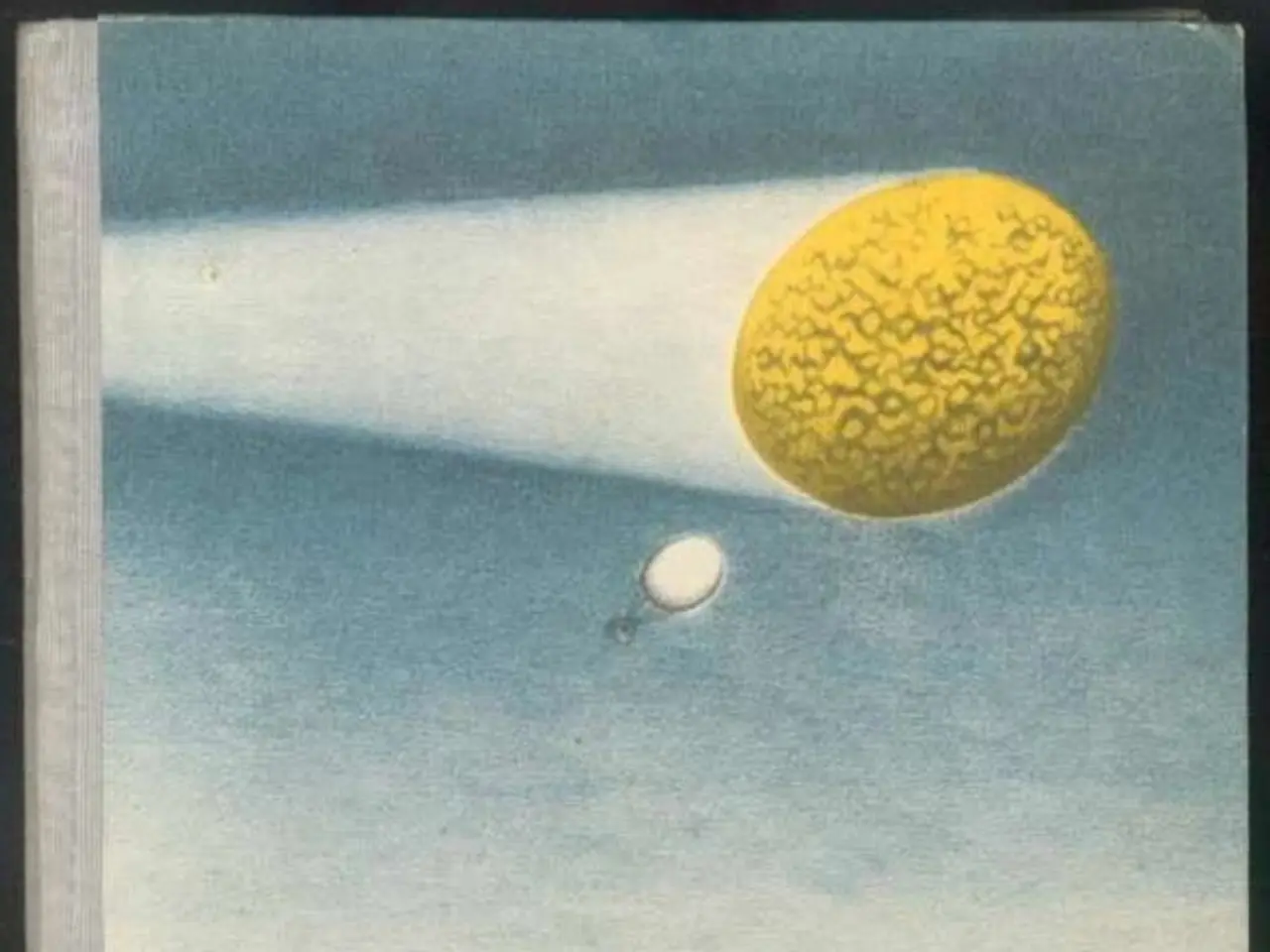A Remarkable Dual-Screen Electronic Book Reader Offers a Sensation Similar to Traditional Book Reading
In the world of DIY projects, a standout creation has captured the attention of the tech community on Reddit's r/esp32. The DIY dual-screen e-reader, shared by user "spacerower", offers a revolutionary approach to electronic reading devices, mimicking the two-page spread of a physical book.
At the heart of this innovative e-reader is the ESP32S3 chip, a microcontroller renowned for its power efficiency. With 512KB internal SRAM and up to 8MB external PSRAM, it powers two 5.83-inch e-ink displays arranged side by side. These displays, when equipped with E-ink technology, boast exceptional battery life due to their energy-efficient design and the power conservation of E-ink displays. The e-reader's crisp, paper-like text, displayed at a resolution of 400×300, provides a comfortable reading experience without eye strain.
The e-reader's design is not just about power and performance. It also focuses on enhancing the reading experience by tapping into the ancient, intuitive way humans read. By emulating the physical form of a book, it aims to recreate the tactile sensation of turning pages, making the transition from traditional books to digital reading more seamless.
When you swipe one screen, both pages turn synchronously, providing a natural reading experience similar to paper books. The e-reader folds closed to about 16mm thin for portability and protection. It runs on dual 1300mAh batteries wired in parallel, ensuring extended battery life (up to more than a month per charge). Physical buttons for page turning and menu navigation, along with an SD card slot for offline library storage, complete the device's intuitive design.
However, developing this e-reader was not without its challenges. Synchronizing page turns perfectly across two e-ink screens required careful firmware coordination. Managing the power consumption of two e-ink panels and a dual-battery system while maintaining instant wake and responsiveness was another hurdle. Ensuring the foldable hinge mechanism is durable enough for frequent use without damaging the displays was another critical aspect of the design process. User interface design that works naturally with dual screens and physical buttons also posed a significant challenge. Lastly, sourcing compatible dual e-ink panels and integrating them with the ESP32S3 added complexity to the project.
Despite these challenges, this DIY e-reader project has gained attention for addressing the fundamental flaw in single-screen e-readers by returning to a true book-like reading experience. By combining power efficiency, intuitive design, and a book-like form factor, the DIY dual-screen e-reader offers a compelling alternative for those seeking a more natural digital reading experience.
[1] E-Paper Display Project on r/esp32
[2] DIY Dual-Screen E-Reader on Hackster.io
[3] DIY Dual-Screen E-Reader on Instructables
[5] ESP32S3 Datasheet
- The DIY dual-screen e-reader, showcased on Reddit's r/esp32 and other tech platforms like Hackster.io and Instructables, is an impressive DIY project that leverages ESP32S3 software for power efficiency and runs on dual e-ink displays, providing a revolution in electronic reading devices and a more natural digital reading experience.
- To further enhance the usage of this innovative e-reader, users can download events and additional gadget information related to the project from various technology resources, such as the ESP32S3 datasheet, to optimize their reading device's performance and better understand its technical specifications.








